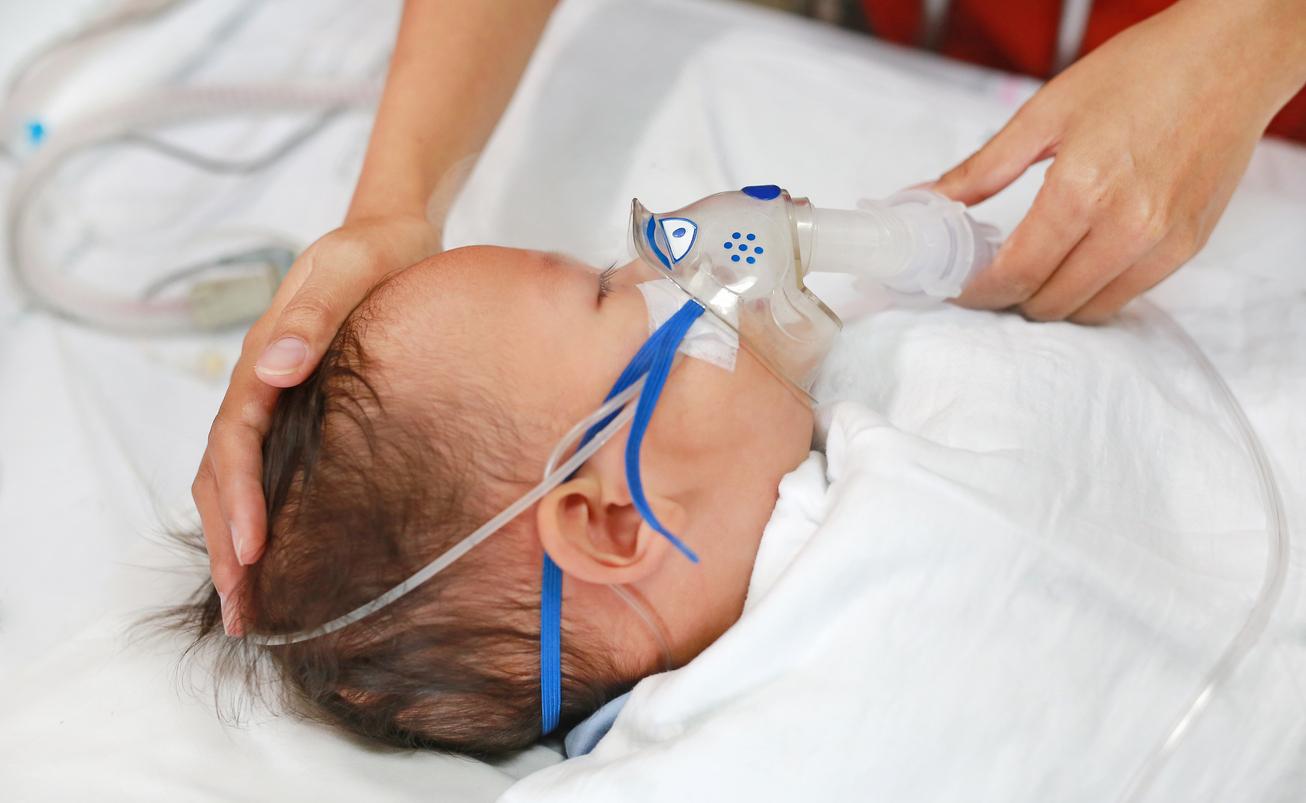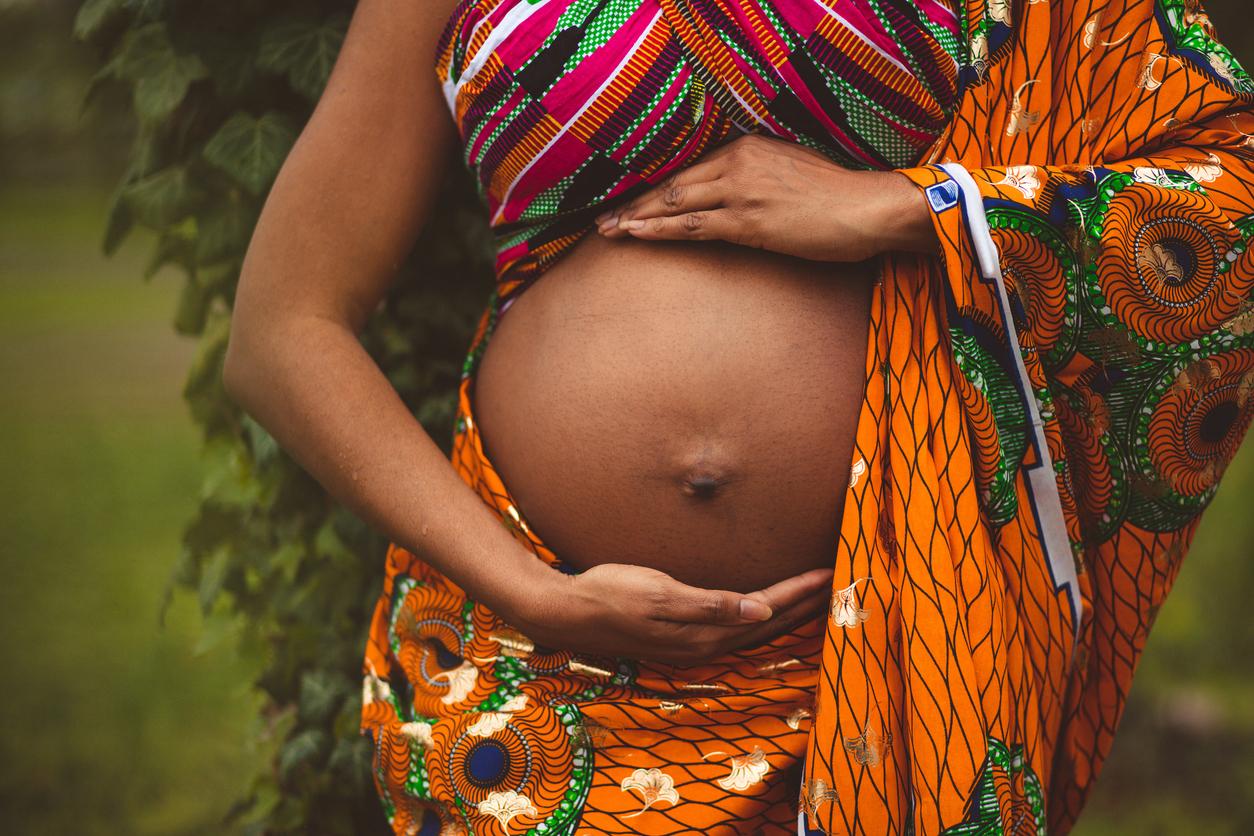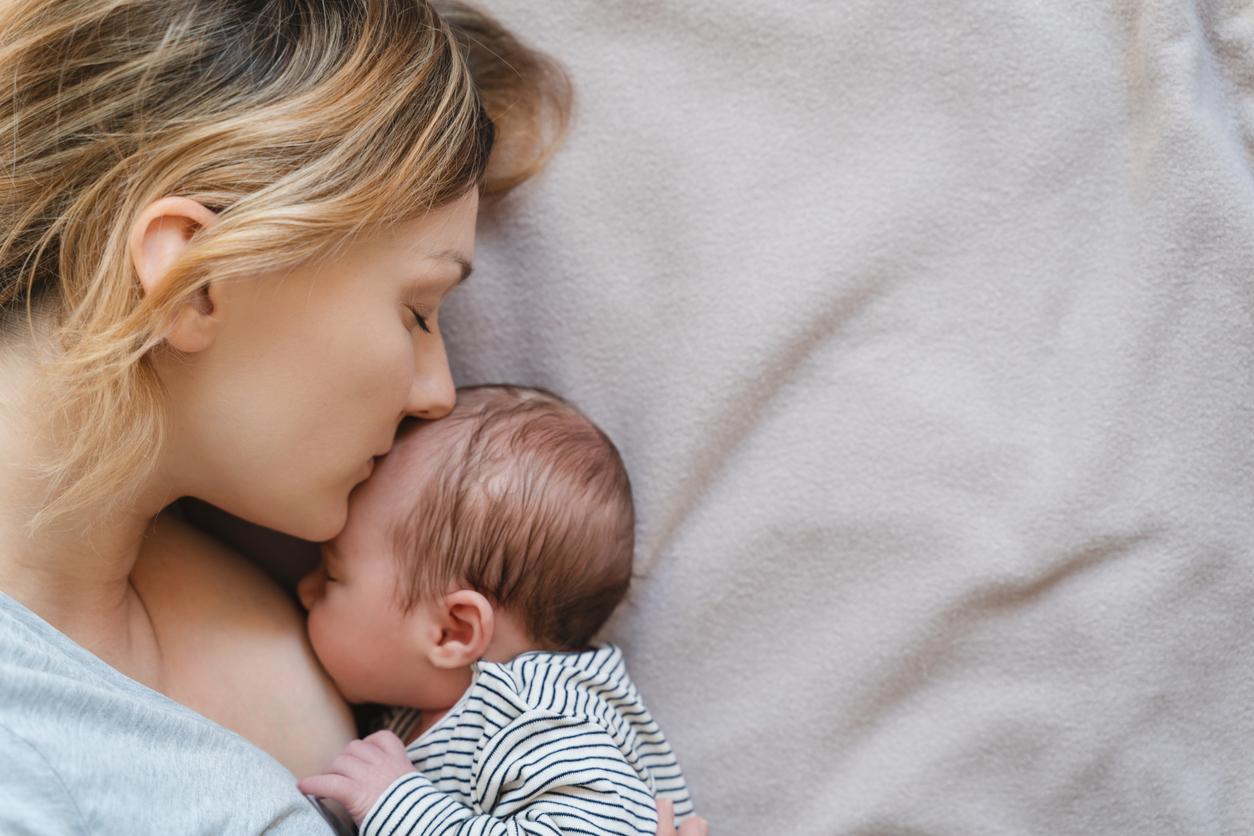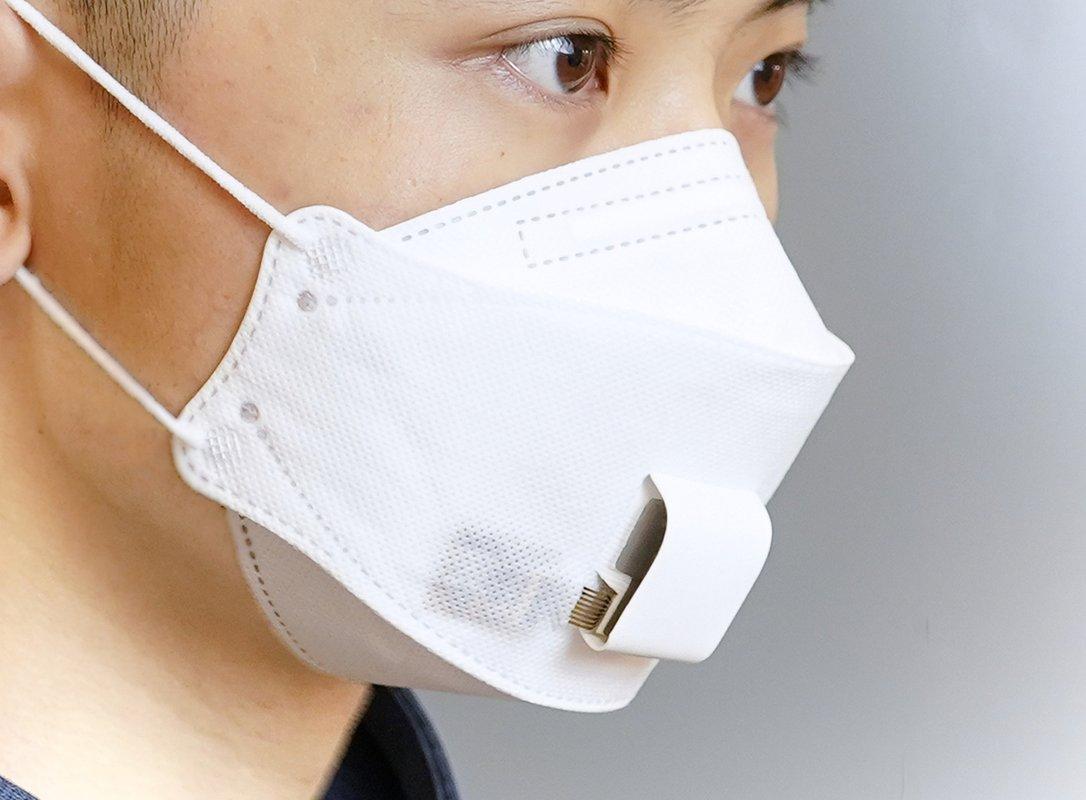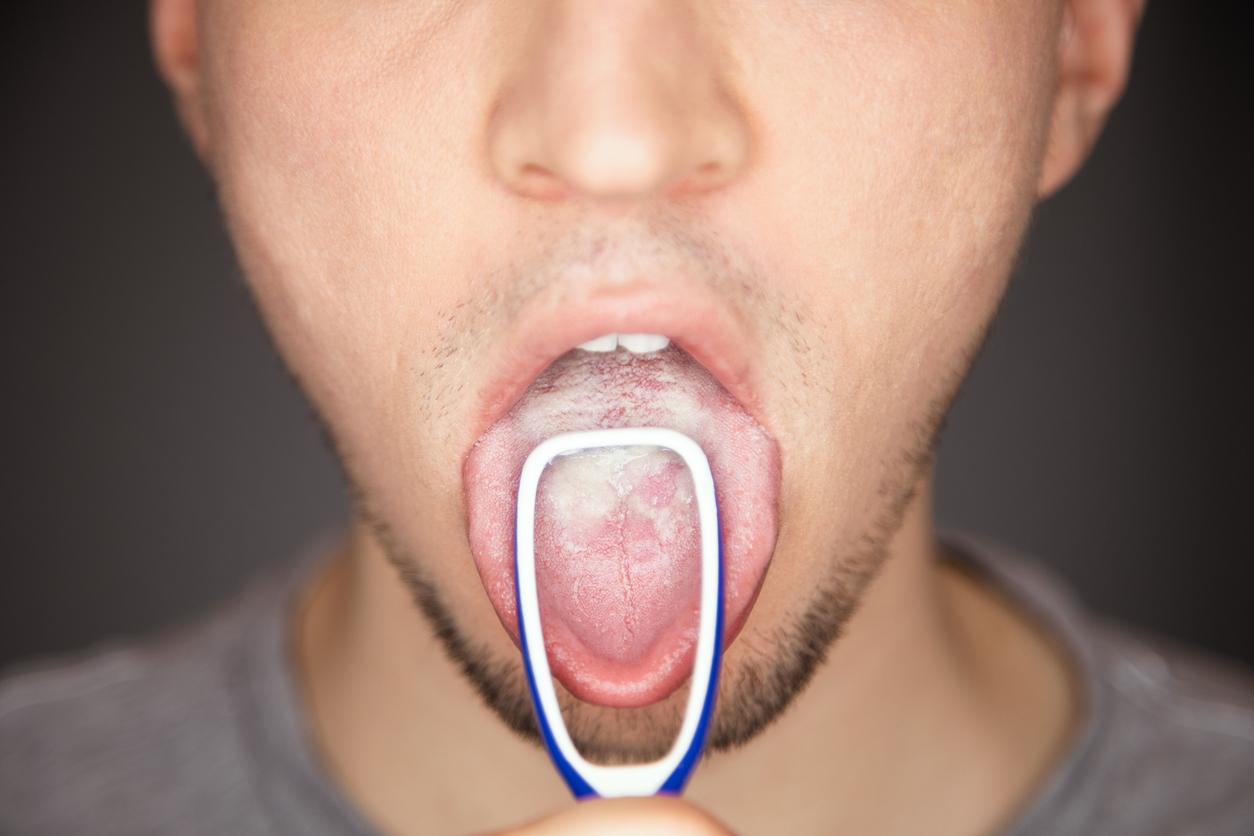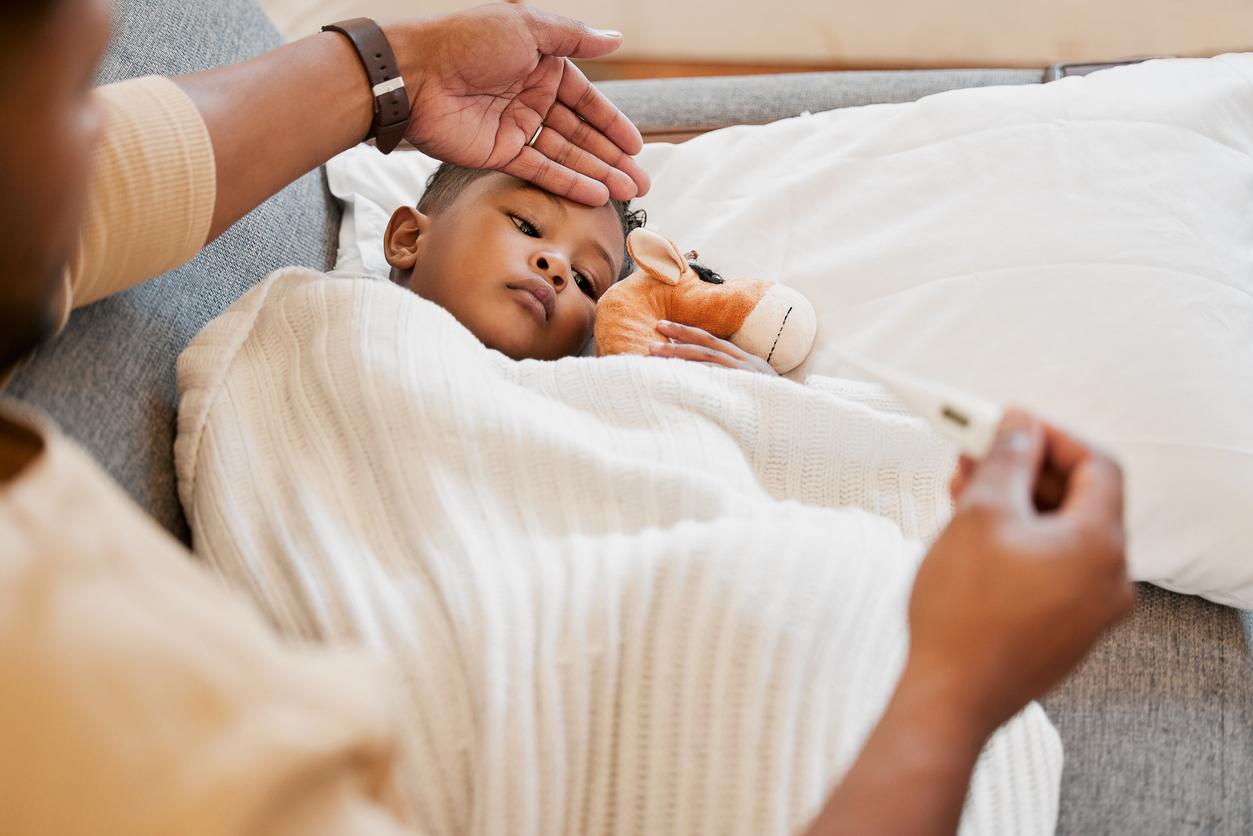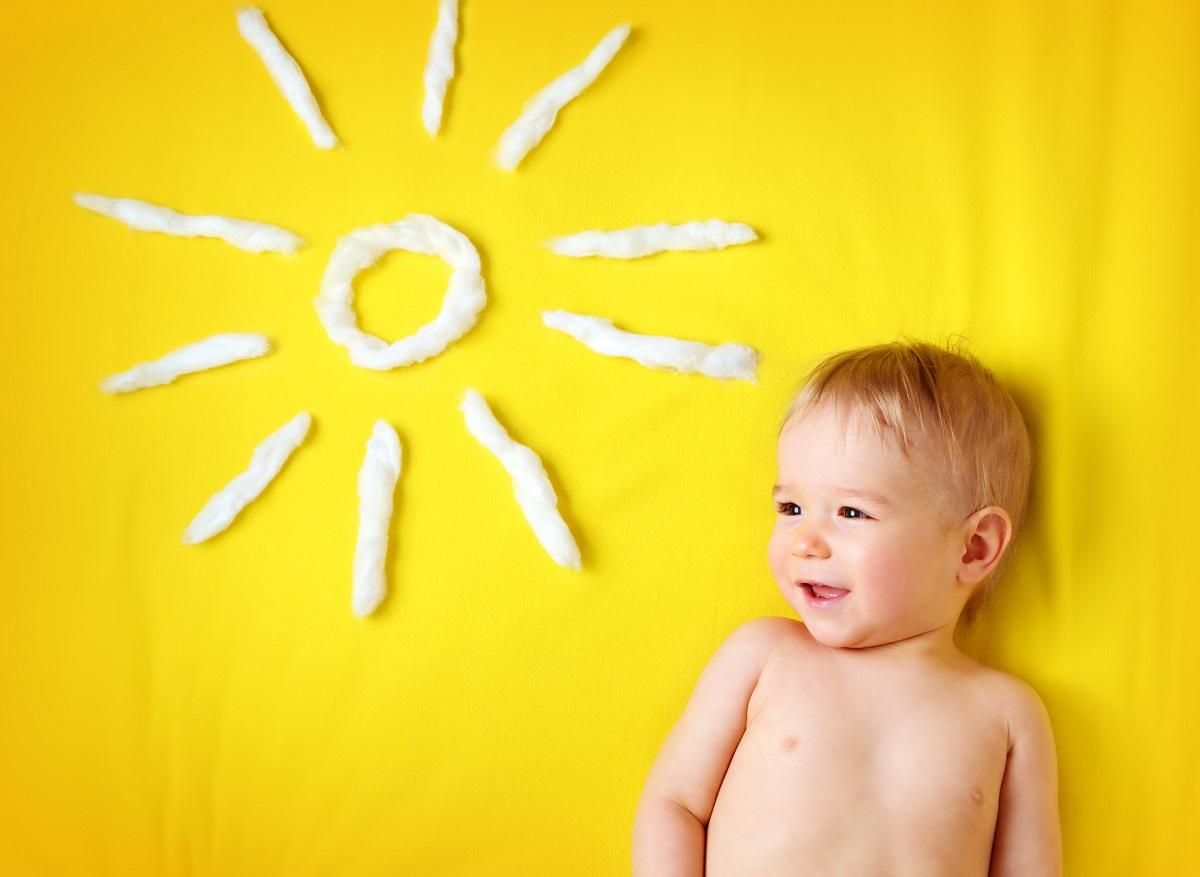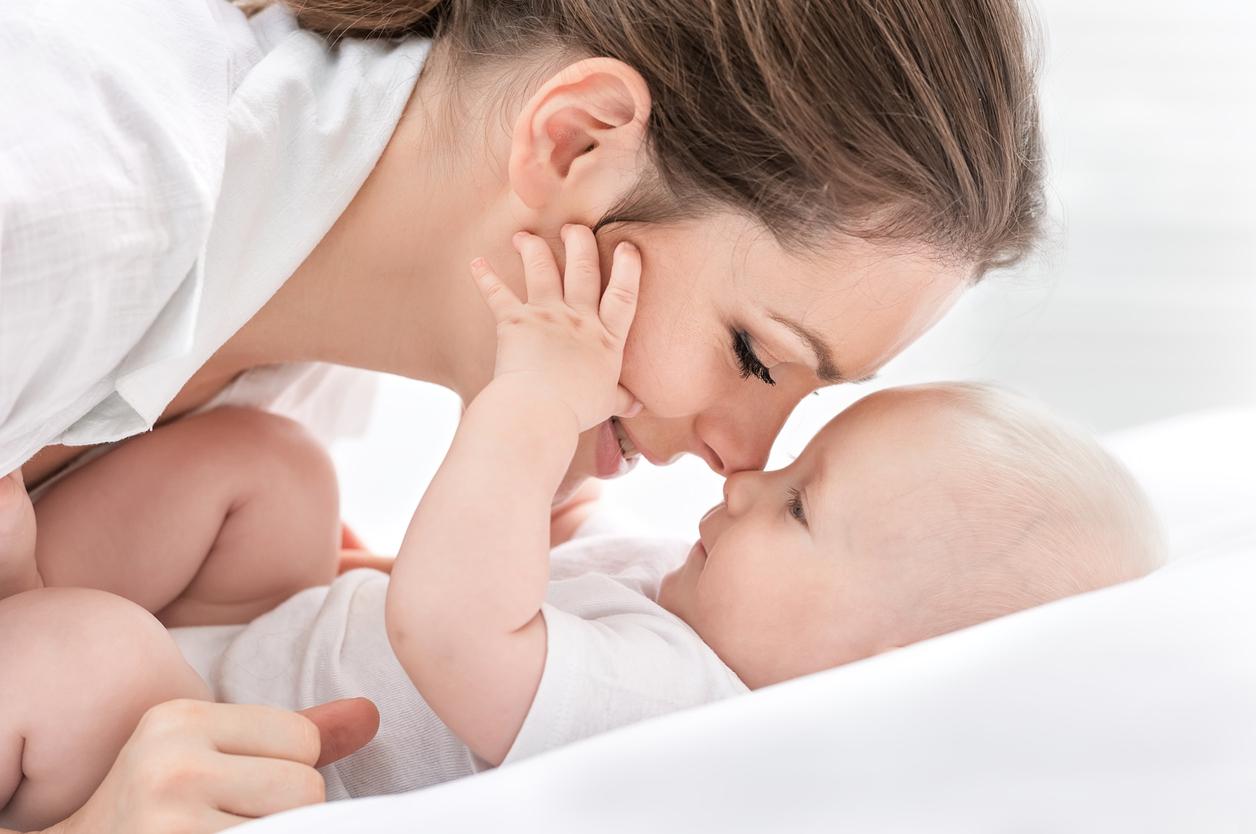While a severe bronchiolitis epidemic is underway, here are the main tips to protect or relieve your child
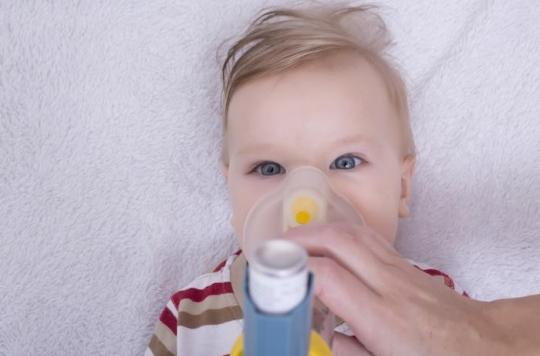
Bronchiolitis is a frequent respiratory infection, most often benign, which affects children under two years of age. This highly contagious disease spreads in epidemic mode and is characterized by respiratory discomfort linked to inflammation of the bronchioles, the small respiratory ducts of the lungs. This inflammation is due to a virus (the respiratory syncitial virus in 70% of cases) and is associated with an abundant secretion of mucus, the whole causing an obstruction of these bronchioles.
The disease usually begins with nasopharyngitis with mild fever, runny nose, nasal obstruction and dry cough. Then a few days later, the breathing quickens, becomes noisy, with characteristic wheezing (“whistling”), the cough becomes oily and worsens. The child has difficulty eating and is tired.
How to protect your baby from bronchiolitis?
Respiratory syncytial virus (or RSV) is highly contagious. It is transmitted between infants, but adults can also carry the virus and participate in transmission. Coughing, sneezing, contact with hands and contaminated objects contribute to the spread of the virus. In 30% of cases, it is adenovirus, parainfluenza virus or rhinovirus and nasopharyngitis in children or adults can thus be responsible for bronchiolitis in an infant present in the environment.
It is essential to protect infants, whose immune defenses are still insufficient, and not to contaminate them when they are sick or have been in contact with a sick person (asymptomatic infection).
– Wash your hands for 30 seconds with soap and water, or using a hydro-alcoholic solution, before and after a change, a feeding, a meal.
– Avoid confined public places with the child.
– Do not share unwashed bottles, pacifiers and cutlery.
– Regularly wash toys and stuffed animals.
– Ventilate the rooms of the accommodation.
– Do not smoke near infants.
– In case of a cold, wear a mask to protect their baby.
When should infant bronchiolitis be considered?
The disease usually begins with nasopharyngitis with mild fever, runny nose, nasal obstruction and dry cough.
Then a few days later, the breathing accelerates (“polypnea”), becomes noisy, with characteristic wheezing (“sibbling”), the cough becomes oily and worsens. The child has difficulty eating and is tired.
When should you consult?
Bronchiolitis should be managed by a doctor. It is therefore necessary to consult at the first signs. If the signs and shortness of breath worsen after a few days of treatment, the infant should be re-examined by the doctor.
The existence of severity criteria should lead to taking the infant to an emergency department or to contacting the emergency medical service by dialing 15 or 112:
– Age less than six weeks.
– Premature infant less than three months old.
– History of cardiac or respiratory disease.
– Refusal to drink or eat.
– Diarrhea or vomiting.
– Worsening of breathing difficulties.
– Drowsiness or excessive crying.
Hospitalization for monitoring and care is sometimes essential in babies under six weeks and fragile infants, and if complications occur. It will sometimes be necessary to provide assisted ventilation. Passive immunoprophylaxis by infusion of anti-RSV monoclonal antibodies (Synagis®) is reserved for premature infants 32 weeks of amenorrhea and children with bronchopulmonary dysplasia.
What is the treatment for bronchiolitis?
It is a viral infection and therefore antibiotics are useless for treating bronchiolitis. They are prescribed only in case of bacterial superinfection.
The treatment is “symptomatic”: paracetamol, or non-steroidal anti-inflammatory drugs (NSAIDs) such as ibuprofen after the age of three months, for fever.
Daily respiratory physiotherapy is prescribed. It eliminates phlegm that obstructs the airways.
It is necessary to hydrate the infant correctly, by splitting his food and by thickening the bottles. It is necessary to unclog the nose and avoid smoking in the house or apartment.
In the majority of cases, bronchiolitis can be treated at home.
What advice can parents put in place?
– Clean the nose several times a day with physiological serum.
– Give water to drink regularly to avoid dehydration.
– Feed more often and in smaller quantities.
– Ventilate the rooms of the accommodation.
– Do not cover the child too much.
– Do not smoke near him.
How long does bronchiolitis last?
Bronchiolitis is usually a mild disease that heals in one or two weeks, but the cough can persist for 2 to 4 weeks. Sometimes the viral infection is superinfected by bacteria. This secondary infection is manifested by a rise in fever above 38.5°C and purulent bronchial secretions. These signs should lead to consult the doctor.
In rare cases, respiratory discomfort worsens, feeding difficulties occur and the infant’s general condition deteriorates: hospitalization for a few days is then necessary.
There is also a risk of dehydration, especially in cases of diarrhoea, vomiting and feeding difficulties. Again, hospitalization may be essential to rehydrate the child.
Sequelae are rare, but “bronchiectasis” or “bronchial dilation” have been observed.
Bronchiolitis can recur. But, from the third episode, it is generally considered to be infant asthma.

.










